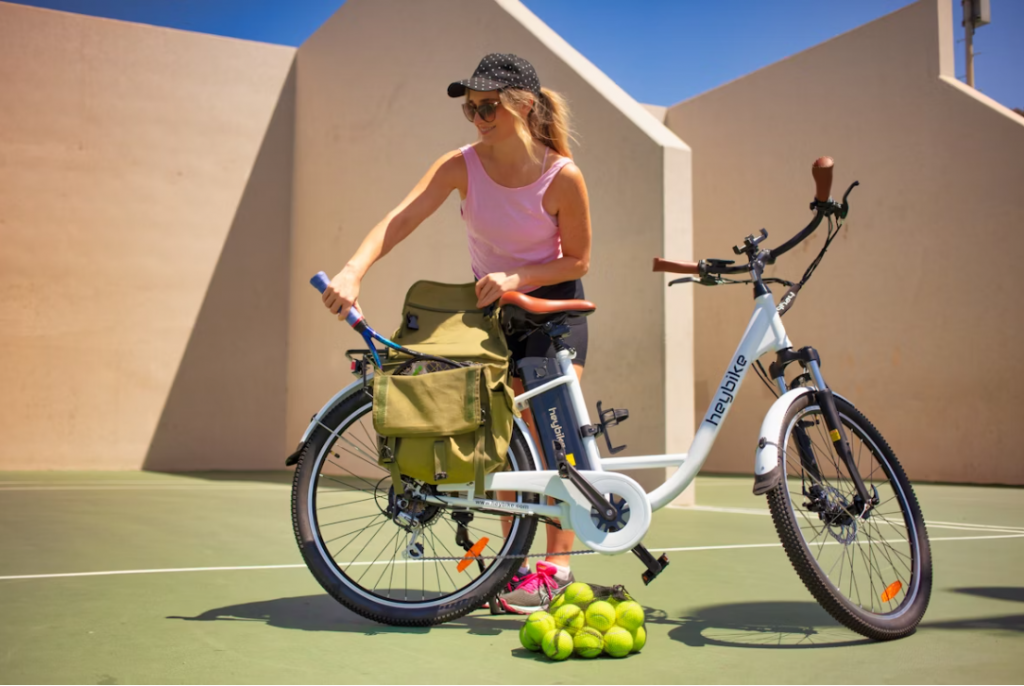Introduction
In recent years, sustainability has become a major focus across all industries, including fitness. From eco-friendly yoga mats to recycled resistance bands, sustainable fitness gear allows you to work out responsibly while protecting the environment. But what makes these products truly sustainable, and how can you ensure that your fitness routine aligns with your environmental values?
This article explores the benefits, features, and considerations when choosing eco-friendly fitness gear, helping you make informed decisions for a healthier lifestyle and planet.
Why Sustainability Matters in Fitness
Environmental Impact of Traditional Fitness Equipment
Traditional fitness products often use plastics, synthetic rubber, and non-renewable materials, contributing to landfill waste and pollution. Manufacturing and shipping also increase carbon footprints.
The Growing Demand for Eco-Friendly Options
Consumers are increasingly aware of their environmental impact. Fitness enthusiasts now seek products that minimize ecological harm without compromising performance.
Health Benefits Beyond Fitness
Eco-friendly gear often incorporates natural, non-toxic materials, reducing exposure to chemicals and enhancing overall wellbeing during workouts.
Key Features of Sustainable Fitness Gear
Material Selection: Recycled and Natural Fibers
Sustainable products typically use recycled plastics, natural rubber, cork, bamboo, or organic cotton. These materials reduce environmental harm and offer durability.
Durability and Longevity
High-quality sustainable gear is designed to last longer, reducing the need for frequent replacements and minimizing waste.
Minimal Waste and Packaging
Eco-conscious brands prioritize recyclable packaging, biodegradable materials, and zero-waste production methods.
Multi-Functionality for Efficiency
Products that serve multiple purposes, such as adjustable dumbbells or versatile resistance bands, maximize usability while minimizing material usage.
Popular Types of Eco-Friendly Fitness Gear
Yoga Mats Made from Natural Materials
Cork, natural rubber, and jute yoga mats are biodegradable, non-toxic, and provide excellent grip for safe practice.
Resistance Bands and Weights from Recycled Materials
Recycled rubber and metal are increasingly used for bands, kettlebells, and dumbbells, offering eco-friendly alternatives to traditional options.
Sustainable Apparel and Footwear
Organic cotton, recycled polyester, and plant-based materials are used for workout clothes and shoes, combining comfort, style, and environmental responsibility.
Eco-Friendly Water Bottles and Accessories
Reusable, BPA-free bottles and compostable accessories reduce plastic waste while supporting hydration during workouts.

How to Choose the Right Eco-Friendly Fitness Products
Understanding Labels and Certifications
Look for certifications such as Global Recycled Standard (GRS), OEKO-TEX, or FSC for wood and cork products, ensuring credibility.
Evaluating Product Quality vs. Sustainability
Prioritize products that balance durability, functionality, and environmental friendliness to avoid greenwashing.
Considering Your Fitness Needs and Goals
Choose gear that fits your specific exercise routines, space, and personal preferences to ensure long-term use.
Benefits of Using Eco-Friendly Fitness Gear
Reducing Environmental Footprint
By choosing sustainable materials, you actively reduce waste, pollution, and resource consumption.
Supporting Ethical Brands
Eco-friendly purchases often support companies with ethical labor practices and responsible sourcing.
Encouraging Mindful Fitness Practices
Using sustainable products fosters awareness of personal and environmental health, reinforcing holistic wellness habits.
Challenges and Misconceptions
Higher Initial Costs
Sustainable gear may cost more upfront, but the long-term durability and reduced replacement frequency often offset the investment.
Limited Availability in Some Regions
Some eco-friendly options may not be easily accessible locally, requiring online shopping or shipping.
Debunking Myths About Performance
Eco-friendly does not mean inferior performance. Many sustainable products match or exceed the functionality of conventional alternatives.
Tips for Maintaining Eco-Friendly Equipment
Cleaning and Care Practices
Use mild, non-toxic cleaning solutions and follow manufacturer recommendations to preserve material integrity.
Extending Product Lifespan
Store gear properly, avoid excessive exposure to sunlight, and maintain moving parts to maximize durability.
The Future of Sustainable Fitness Gear
Innovations in Materials and Design
Expect continued development in plant-based polymers, biodegradable plastics, and advanced recyclable materials for fitness gear.
Integration with Technology for Smart, Sustainable Workouts
Wearables, smart mirrors, and AI fitness devices will increasingly pair with eco-friendly products to optimize performance and reduce environmental impact.
Conclusion
Eco-friendly fitness gear empowers you to maintain a healthy lifestyle while protecting the planet. From sustainable yoga mats and apparel to recycled resistance bands, these products offer functionality, durability, and environmental responsibility. By making mindful choices, you contribute to a healthier world without compromising your fitness goals.